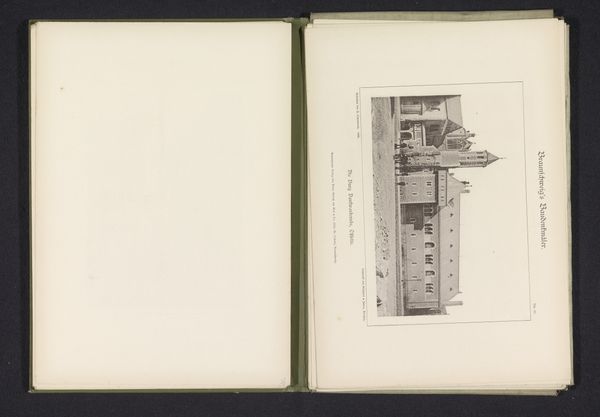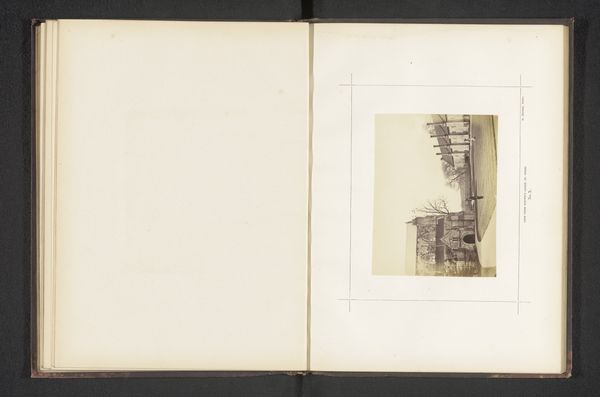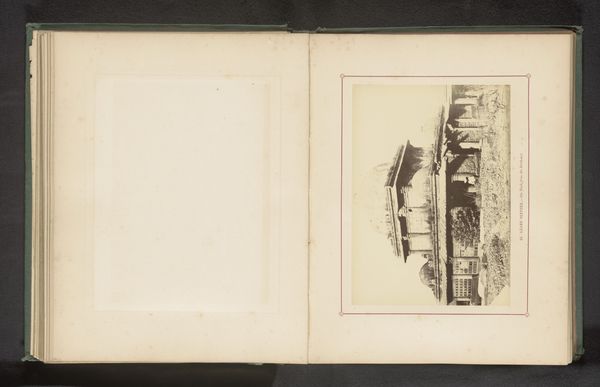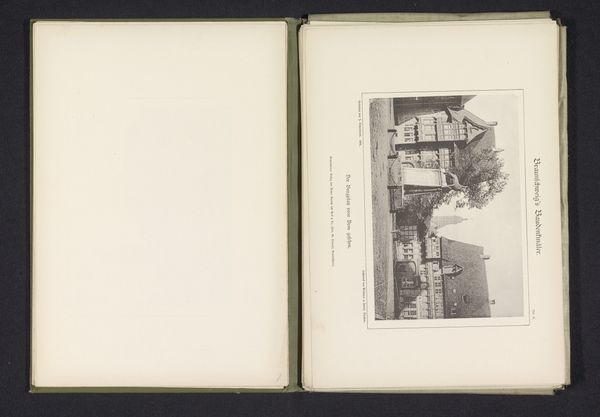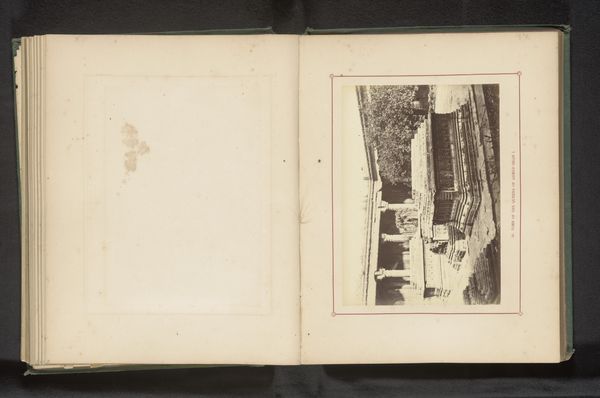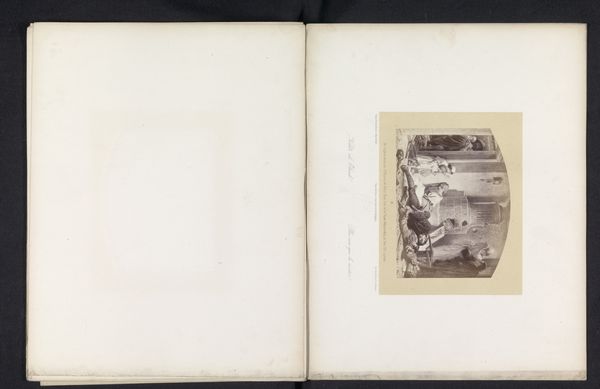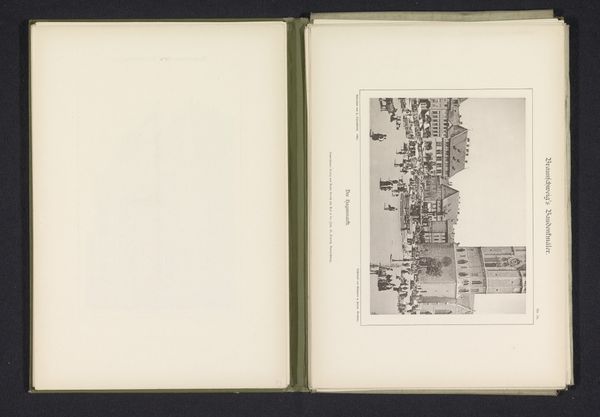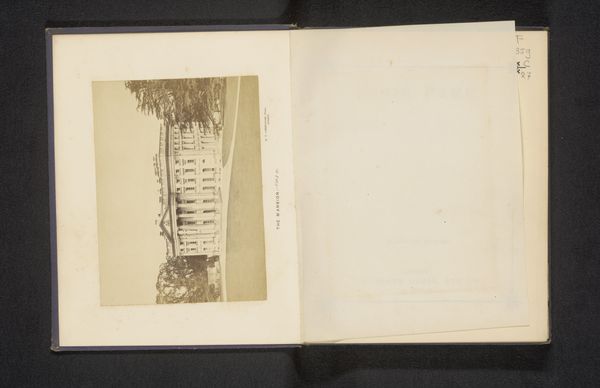
print, etching, photography
#
dutch-golden-age
# print
#
etching
#
landscape
#
photography
#
genre-painting
#
building
#
monochrome
Dimensions: height 105 mm, width 151 mm
Copyright: Rijks Museum: Open Domain
Curator: Let’s consider this image titled "Exterieur van een boerderij te Walle," or "Exterior of a Farm in Walle," an etching done by J. Schombardt in 1892. The print’s monochrome palette seems quite common for genre scenes of that period. Editor: It evokes a deep sense of quietude, a sort of timeless existence far removed from the clamor of industrial life. The rough textures captured in the etching make me think of folk tales. Curator: Given that this is a photograph of a print, we’re really several steps removed from the original scene itself. I am curious about the way printmaking facilitated the reproduction and dissemination of such images – it democratizes art by turning it into a commodity. The artist chose etching and not paint, and then the publisher added photography. It is quite a reproductive layering here. Editor: Yes, there is something quite charming about these monochrome renderings that reminds me of the longing to preserve memory, in an anthropological way, maybe? Even this building could be perceived as a monument that recalls vernacular architectural styles from before 1892, and now mostly forgotten. Curator: Indeed, looking closer at the structures themselves, the composition directs our focus on labor. The visible details point to specific methods of building, local to the place and available materials—it speaks volumes about the social relations involved in creating such places. The building is both the subject and the embodiment of process. Editor: I see what you mean, although my eye is caught by the composition. The way the fence, architecture, and implied landscape all interact together suggests stability—the home, the land, heritage that will probably continue. Curator: A powerful consideration! Analyzing it from a materialist point of view makes us appreciate how art objects often exist not just as aesthetic experiences but also products shaped by concrete economic forces and networks. Editor: And by appreciating the symbols we get access to how collective identities and their visual cues play into the stories that communities like to remember and repeat. Thank you, I certainly have some more to ponder on now.
Comments
No comments
Be the first to comment and join the conversation on the ultimate creative platform.
